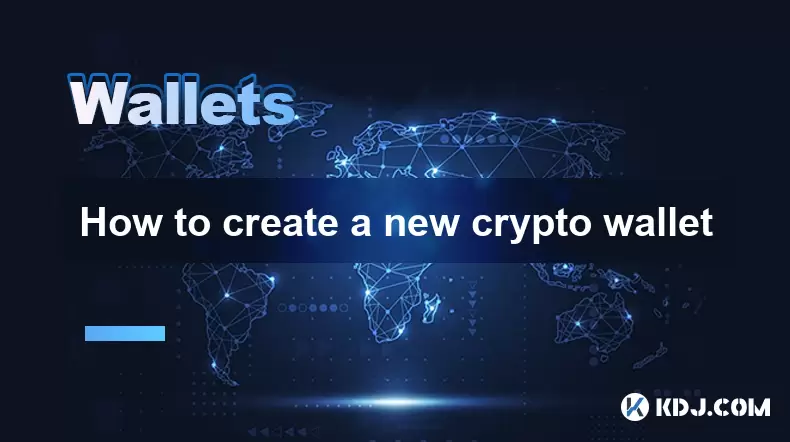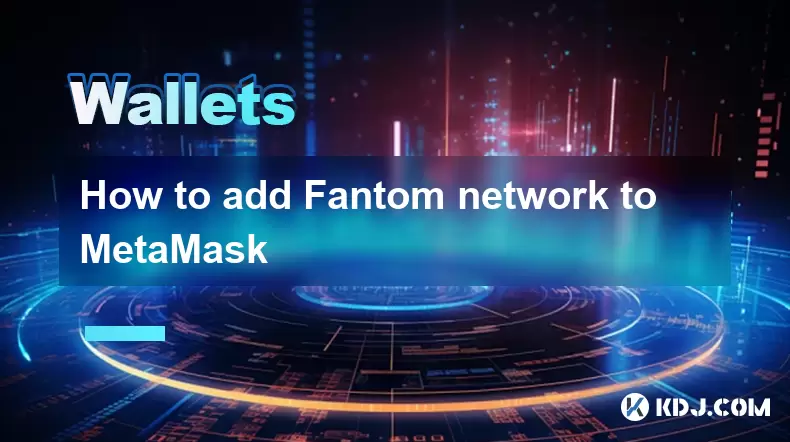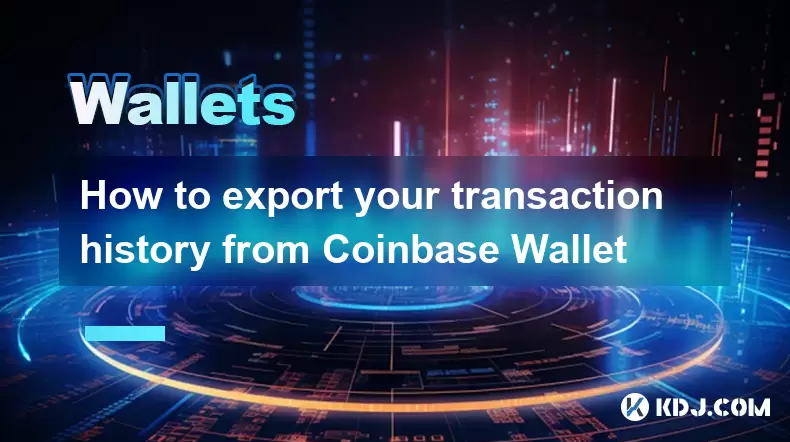-
 Bitcoin
Bitcoin $117500
2.15% -
 Ethereum
Ethereum $3911
6.19% -
 XRP
XRP $3.316
10.79% -
 Tether USDt
Tether USDt $1.000
0.01% -
 BNB
BNB $787.2
2.24% -
 Solana
Solana $175.2
4.15% -
 USDC
USDC $0.9999
0.00% -
 Dogecoin
Dogecoin $0.2225
8.40% -
 TRON
TRON $0.3383
0.28% -
 Cardano
Cardano $0.7868
6.02% -
 Stellar
Stellar $0.4382
9.34% -
 Hyperliquid
Hyperliquid $40.92
7.56% -
 Sui
Sui $3.764
7.63% -
 Chainlink
Chainlink $18.48
10.66% -
 Bitcoin Cash
Bitcoin Cash $582.1
1.88% -
 Hedera
Hedera $0.2601
6.30% -
 Avalanche
Avalanche $23.33
4.94% -
 Ethena USDe
Ethena USDe $1.001
0.02% -
 Litecoin
Litecoin $122.3
2.04% -
 UNUS SED LEO
UNUS SED LEO $8.969
-0.27% -
 Toncoin
Toncoin $3.339
0.86% -
 Shiba Inu
Shiba Inu $0.00001287
4.30% -
 Uniswap
Uniswap $10.43
7.38% -
 Polkadot
Polkadot $3.861
5.08% -
 Dai
Dai $1.000
0.02% -
 Bitget Token
Bitget Token $4.513
3.41% -
 Monero
Monero $267.7
-6.18% -
 Cronos
Cronos $0.1499
4.14% -
 Pepe
Pepe $0.00001110
5.15% -
 Aave
Aave $284.9
8.28%
How to view the destruction record of tokens in Trust Wallet?
Trust Wallet doesn't show token burn records; verify burns via blockchain explorers, project announcements, or smart contract analysis, as methods vary by token and blockchain.
Mar 27, 2025 at 07:15 pm

Trust Wallet, a popular mobile cryptocurrency wallet, doesn't directly provide a built-in mechanism to view the destruction records of tokens. Token burning, the process of permanently removing tokens from circulation, is handled differently depending on the specific token and its underlying blockchain. Therefore, accessing this information requires understanding the token's mechanics and utilizing external resources.
Understanding Token Burning and its Verification
Token burning is not a standardized process across all cryptocurrencies. Some projects might publicly announce burns on their websites or social media, providing transaction hashes as proof. Others may utilize a smart contract that automatically logs burns on the blockchain. However, not all projects are transparent about their burning mechanisms. The lack of a centralized, universally accessible burn record database means verifying a burn often requires investigating multiple sources.
Methods for Investigating Token Burns
There are several avenues to explore when trying to verify a token burn, but none are guaranteed to provide complete information for all tokens:
Check the Project's Website and Announcements: Many projects openly announce burn events on their official website, often including details like the amount burned and transaction hashes. Look for blog posts, news sections, or social media updates related to token burns.
Explore Blockchain Explorers: Blockchain explorers, such as Etherscan for Ethereum, BscScan for Binance Smart Chain, and others specific to the token's blockchain, allow you to search for transactions. If the burn was done through a public transaction, you can find it by searching for the project's address or known burn addresses. Examine the transaction details to confirm the tokens were sent to a "burn address," a designated address from which tokens cannot be retrieved.
Inspect the Smart Contract (Advanced): If you have programming knowledge, you can directly inspect the smart contract code of the token. The code should contain functions related to burning tokens. By analyzing these functions and transaction logs, you may be able to verify burns. This requires technical expertise and understanding of smart contract programming languages like Solidity.
Community Forums and Social Media: Engaging with the token's community on forums like Reddit, Telegram, or Discord might provide insights. Other users may have already investigated burn records and shared their findings. However, always verify information from unofficial sources carefully.
Limitations and Considerations
It's crucial to acknowledge the limitations of verifying token burns. Not all projects publicly share their burn records, and even when they do, it requires effort to verify the information independently. The lack of a standardized method makes verification a time-consuming process. Additionally, fraudulent projects might claim burns without actually executing them. Always exercise caution and critical thinking when assessing the authenticity of burn records.
Trust Wallet's Role in Token Burns
Trust Wallet itself doesn't participate in the burning process. It only acts as a storage and transaction facilitator. The responsibility for burning tokens lies with the project's developers and their chosen mechanism. Trust Wallet cannot provide information about burns beyond what is publicly available on the blockchain or through official project announcements.
Examples of Verifying Burns on Different Blockchains
Let's consider a hypothetical scenario. Imagine you hold a token, "ExampleCoin," on the Ethereum blockchain. To verify a burn, you would:
- Visit Etherscan: Search for ExampleCoin's contract address on Etherscan.
- Analyze Transactions: Look for transactions sending ExampleCoin to a designated "burn address," often a zero-address or a specific address explicitly marked as a burn address in the project documentation.
- Check Transaction Details: Examine the transaction details to confirm the tokens were sent to the burn address and are permanently removed from circulation.
This process varies depending on the blockchain. For tokens on Binance Smart Chain, you would use BscScan, and for other blockchains, you'd need to find the appropriate blockchain explorer.
What if the Token Doesn't Provide Burn Information?
If a token project doesn't publicly provide information about token burns, it's difficult to verify their claims. This lack of transparency should raise concerns. Consider the implications of investing in a project that lacks transparency regarding its tokenomics. Investigate further into the project's reputation and the reliability of its development team.
Frequently Asked Questions
Q: Can Trust Wallet show me how many tokens have been burned?
A: No, Trust Wallet does not directly display token burn records. You need to consult external resources like blockchain explorers and the project's official website.
Q: What if a project claims a burn but I can't find it on the blockchain?
A: This raises serious concerns about the project's transparency and trustworthiness. Investigate further, and consider the risks before continuing to hold the token.
Q: Is there a universal database for all token burns?
A: No, there isn't a centralized database tracking all token burns across all blockchains. Each blockchain has its own explorers, and verification often relies on individual project transparency.
Q: How can I be sure a burn is legitimate?
A: It's challenging to guarantee legitimacy without access to the underlying smart contract code and thorough analysis. Transparency from the project, verifiable transaction data on the blockchain, and community scrutiny are crucial factors.
Q: What should I do if I suspect a fraudulent burn claim?
A: Exercise extreme caution. Consider selling your holdings, and report your concerns to the relevant authorities or community channels if appropriate. Thoroughly research the project's history and team before investing.
Disclaimer:info@kdj.com
The information provided is not trading advice. kdj.com does not assume any responsibility for any investments made based on the information provided in this article. Cryptocurrencies are highly volatile and it is highly recommended that you invest with caution after thorough research!
If you believe that the content used on this website infringes your copyright, please contact us immediately (info@kdj.com) and we will delete it promptly.
- Stablecoins, Hong Kong, and On-Chain Finance: Navigating the Regulatory Maze
- 2025-08-08 12:30:12
- Tron's Sell-Off Spurs Altcoin Shift: What's Next for TRX?
- 2025-08-08 08:30:12
- Euler, DeFi, and Coinbase: A New York Minute on the Latest Buzz
- 2025-08-08 12:30:12
- RUVI Presale: Is the Growth Potential Real?
- 2025-08-08 09:10:12
- Sleep Token's US Takeover: Thornhill Rides the 'Even In Arcadia' Wave
- 2025-08-08 08:30:12
- FTT Token's Wild Ride: Creditor Repayments vs. Market Drop - A New Yorker's Take
- 2025-08-08 07:10:12
Related knowledge

How to reset your MetaMask password
Aug 08,2025 at 01:28pm
Understanding the MetaMask Password Reset ProcessMany users confuse the MetaMask password with the seed phrase or private key, but they serve differen...

How to buy Dogecoin on MetaMask
Aug 08,2025 at 03:42am
Understanding Dogecoin and MetaMask CompatibilityDogecoin (DOGE) is a popular meme-based cryptocurrency that operates on its own blockchain, originall...

How to create a new crypto wallet
Aug 07,2025 at 09:22pm
Understanding the Basics of a Cryptocurrency WalletA cryptocurrency wallet is a digital tool that allows users to store, send, and receive digital ass...

How to add Fantom network to MetaMask
Aug 07,2025 at 08:21am
Understanding the Fantom Network and MetaMask IntegrationThe Fantom network is a high-performance, scalable, and secure blockchain platform designed f...

How to update the firmware on your Trezor wallet
Aug 07,2025 at 05:00pm
Understanding the Role of Staking in Cryptocurrency EcosystemsStaking has become a fundamental component of many blockchain networks that operate unde...

How to export your transaction history from Coinbase Wallet
Aug 07,2025 at 06:50am
Understanding Coinbase Wallet and Transaction HistoryCoinbase Wallet is a self-custodial cryptocurrency wallet that allows users to store, manage, and...

How to reset your MetaMask password
Aug 08,2025 at 01:28pm
Understanding the MetaMask Password Reset ProcessMany users confuse the MetaMask password with the seed phrase or private key, but they serve differen...

How to buy Dogecoin on MetaMask
Aug 08,2025 at 03:42am
Understanding Dogecoin and MetaMask CompatibilityDogecoin (DOGE) is a popular meme-based cryptocurrency that operates on its own blockchain, originall...

How to create a new crypto wallet
Aug 07,2025 at 09:22pm
Understanding the Basics of a Cryptocurrency WalletA cryptocurrency wallet is a digital tool that allows users to store, send, and receive digital ass...

How to add Fantom network to MetaMask
Aug 07,2025 at 08:21am
Understanding the Fantom Network and MetaMask IntegrationThe Fantom network is a high-performance, scalable, and secure blockchain platform designed f...

How to update the firmware on your Trezor wallet
Aug 07,2025 at 05:00pm
Understanding the Role of Staking in Cryptocurrency EcosystemsStaking has become a fundamental component of many blockchain networks that operate unde...

How to export your transaction history from Coinbase Wallet
Aug 07,2025 at 06:50am
Understanding Coinbase Wallet and Transaction HistoryCoinbase Wallet is a self-custodial cryptocurrency wallet that allows users to store, manage, and...
See all articles

























































































